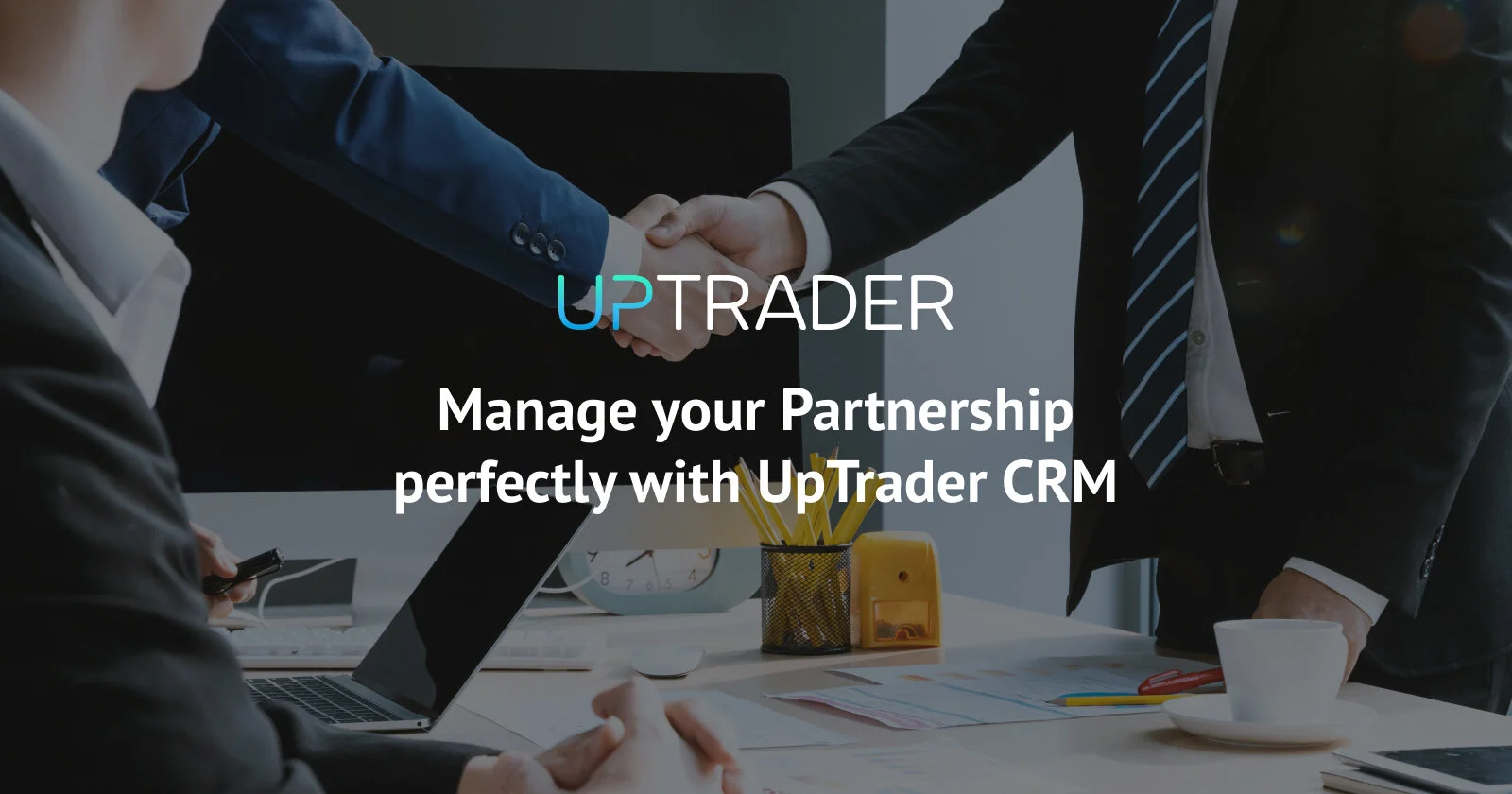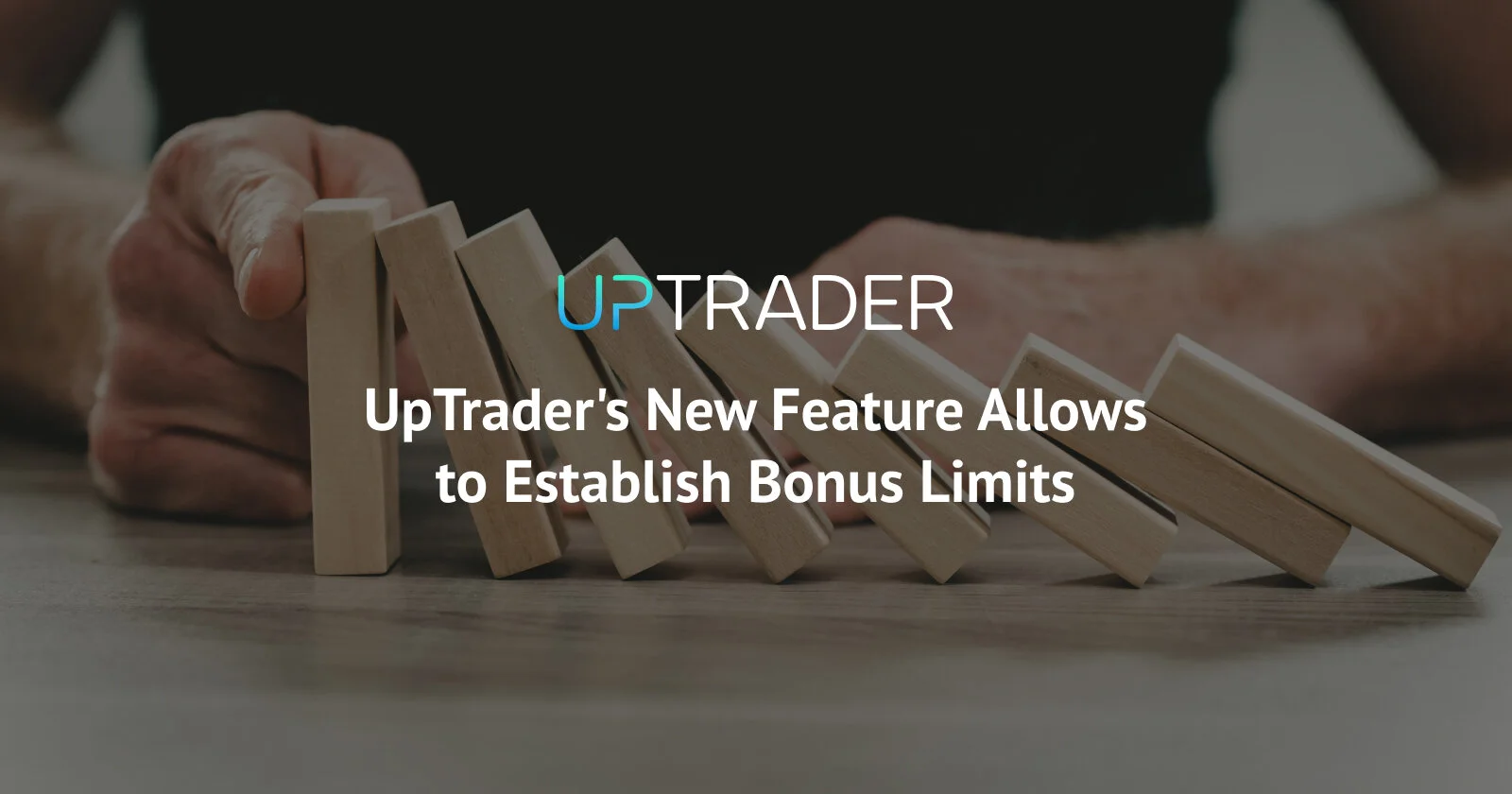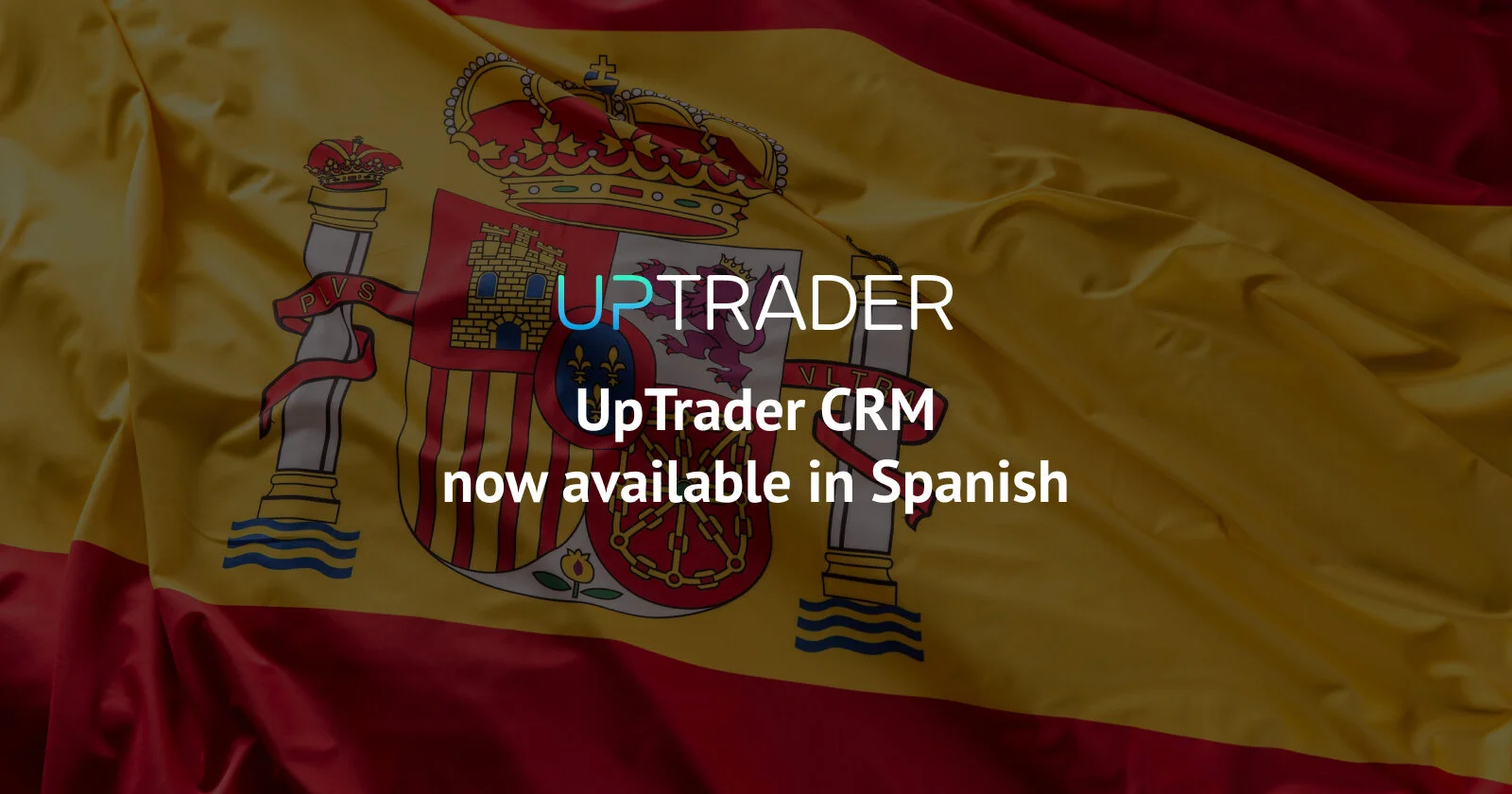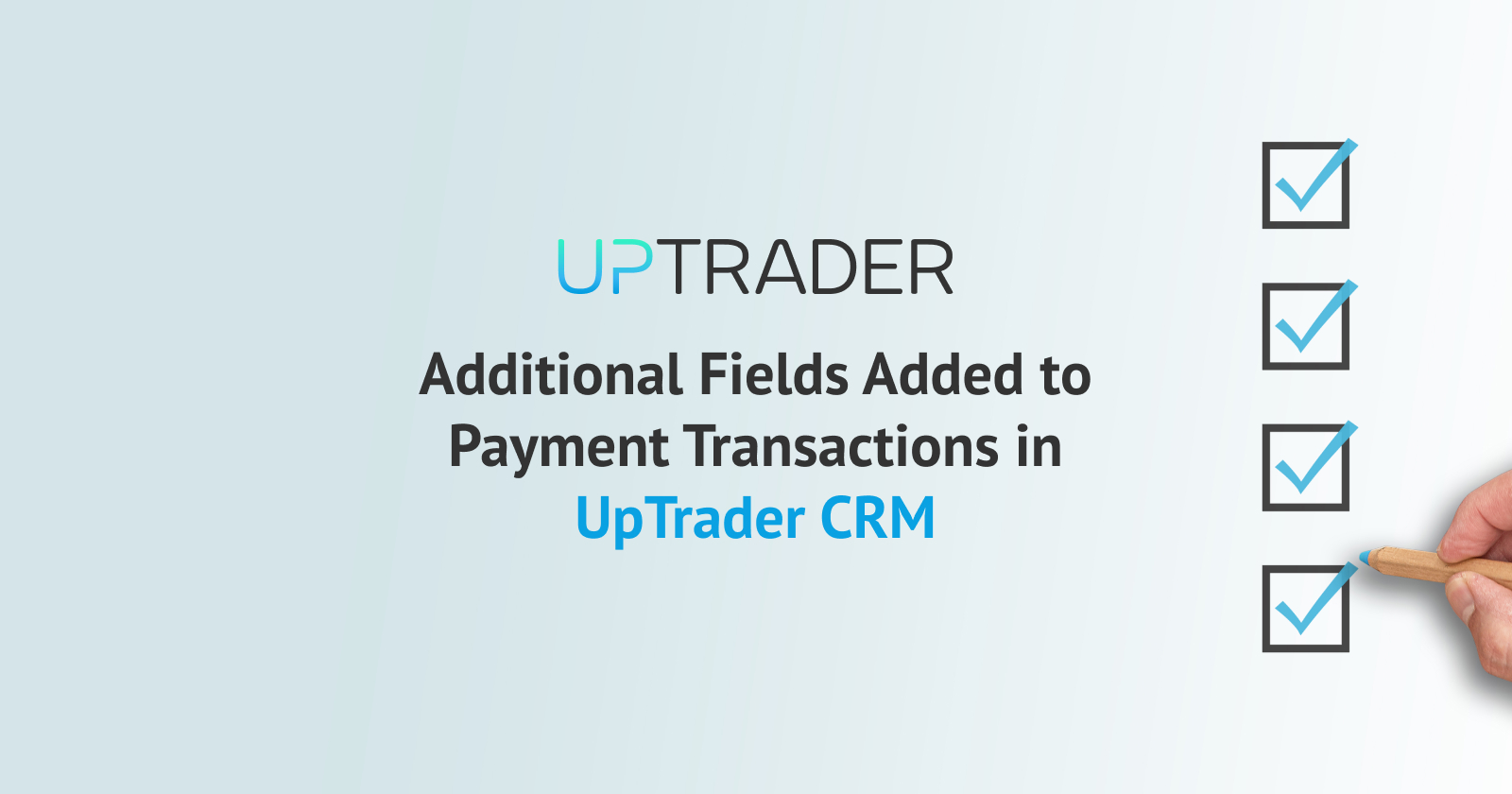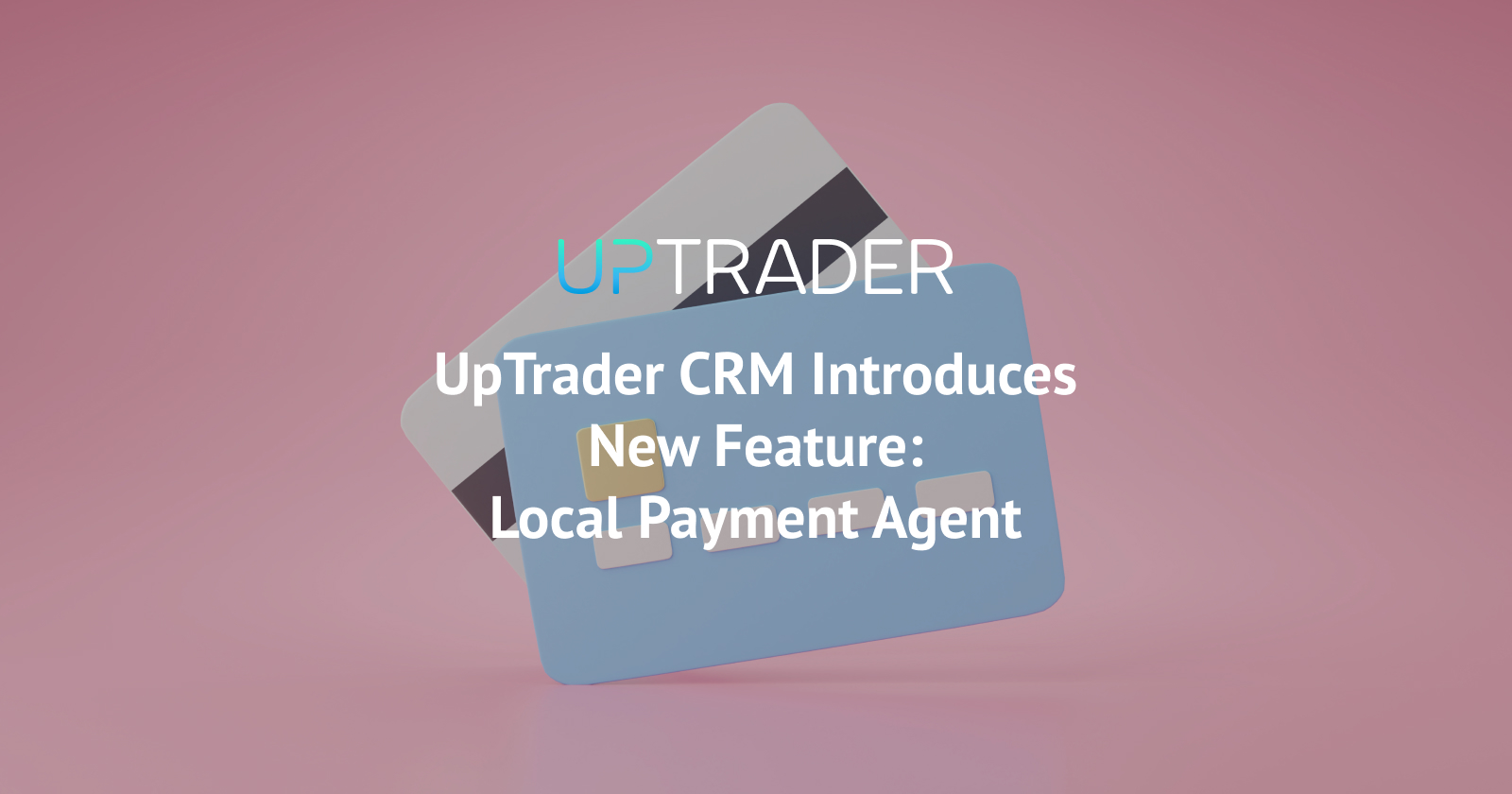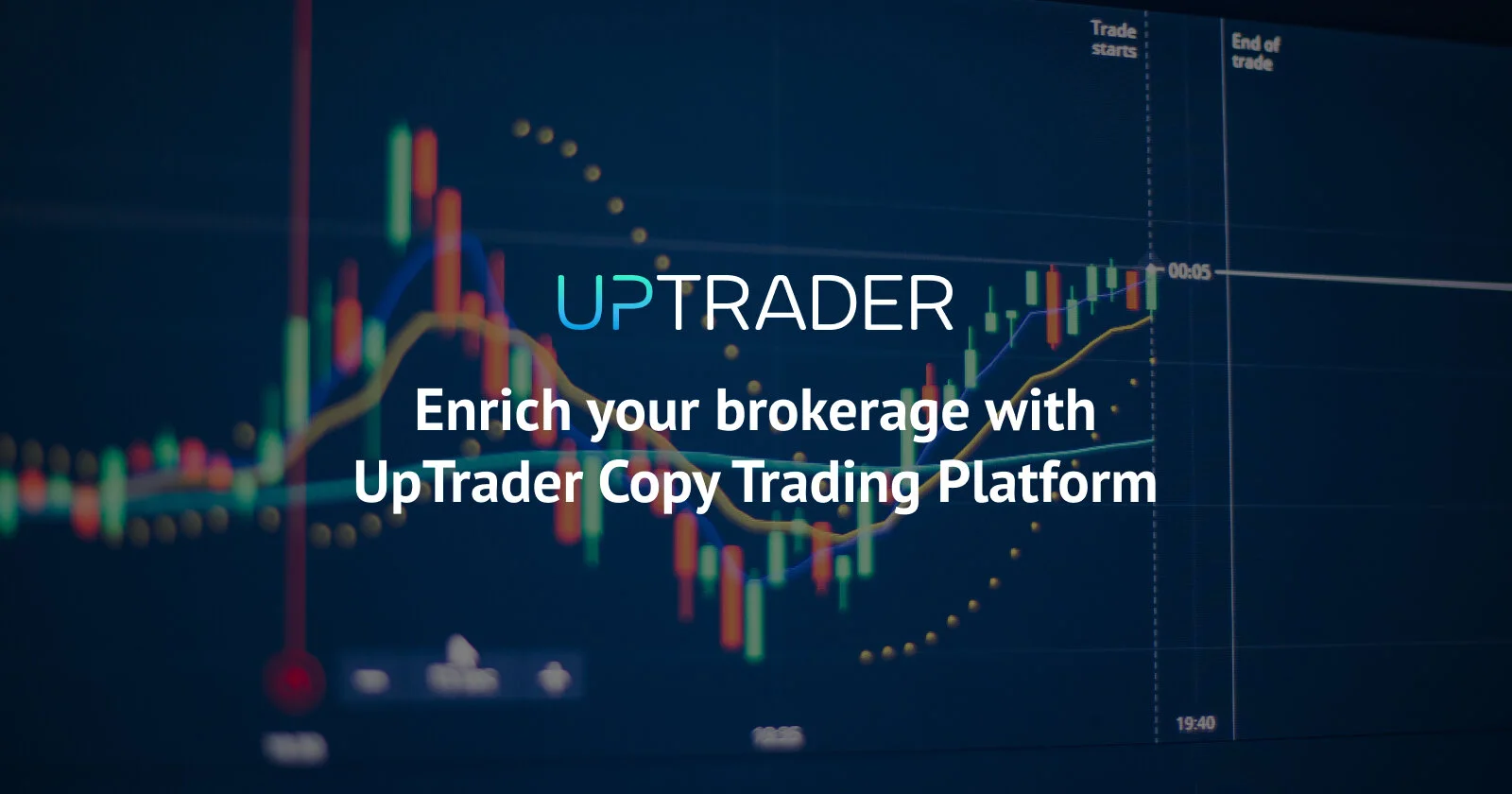
Enrich your brokerage with UpTrader Copy Trading Platform
UpTrader Invest is a versatile investment system that empowers traders to create, manage, and invest in strategies with ease. This innovative platform comprises two key components: a plugin that's installed inside the MetaTrader server, and a user interface that's integrated into UpTrader's CRM.
One of the standout features of UpTrader Invest is its multiple modes of operation. In each mode, investors are able to leverage the expertise of professional traders without having to learn how to trade themselves. This is made possible through the service's ability to copy the trades of experienced traders to investors' accounts. The manager creates investment strategies, and the investor is connected to these strategies, earning profits from the trades while the trader earns commissions for the use of the strategies.
There are three investment modules: MAM, Social Trading and PAMM.
MAM
MAM, which stands for Multi Account Management, is a service offered by some Forex companies that allows a trader to manage multiple investment accounts simultaneously. Here's how it works:
Let's say a trader has an account and several investors have invested money into it.
With MAM, each investor is provided with a separate investment account, which allows them to view their personal results. The trader, on the other hand, has access to the entire amount in the account and can use it to execute trades. This means that the trader can open larger trades than they would be able to with their own personal funds. The trade history is open for investors, so they can analyze the strategy.
Social Trading
Social Trading is similar to MAM in many ways, but there is one important difference. In Social Trading, the investors do not give their money to the trader. Instead, each investor has their own account, separate from the trader's account.
For example, let's say there are three investors, and each has their own account. The first investor has an account with $1,000, the second investor has an account with $100, and the third investor has an account with $200. The trader has their own account with $1,000, and can only see their own account.
Unlike in MAM, the trader in Social Trading does not have direct access to the investors' money. This means that the trader can only trade with their own money, which limits the amount they can trade.
PAMM
PAMM stands for Percentage Allocation Money Management. People frequently ask for this type of investment service, however, this module completely repeats MAM service. The difference is only that the history of trades is not available to investors.
In addition to the obvious advantages, the service has several features that will allow your company to get more clients and managers to use the service:
1. Stability. No trades are lost thanks to its unique design. Unlike similar platforms, UpTrader Invest is a plugin that works directly at the MT4 core, ensuring the stability of operations and completely eliminating the possibility of missing trades, which is inevitable when connecting to MetaTrader 4 externally — and that is exactly how most similar solutions work.
2. Controlling your UpTrader Invest in MetaTrader Manager
Brokers can manage their UpTrader Invest plugins through the MetaTrader Manager mobile app. It offers full managing capabilities: opening new accounts, deposits, analytics, and much more.
3. Versatility. Investors can monitor their profits via all available methods for MetaTrader (desktop app, mobile app, web terminal) & via UpTrader FX CRM
Learn more about UpTrader Invest on the page dedicated to the service. Or contact us through live chat.





